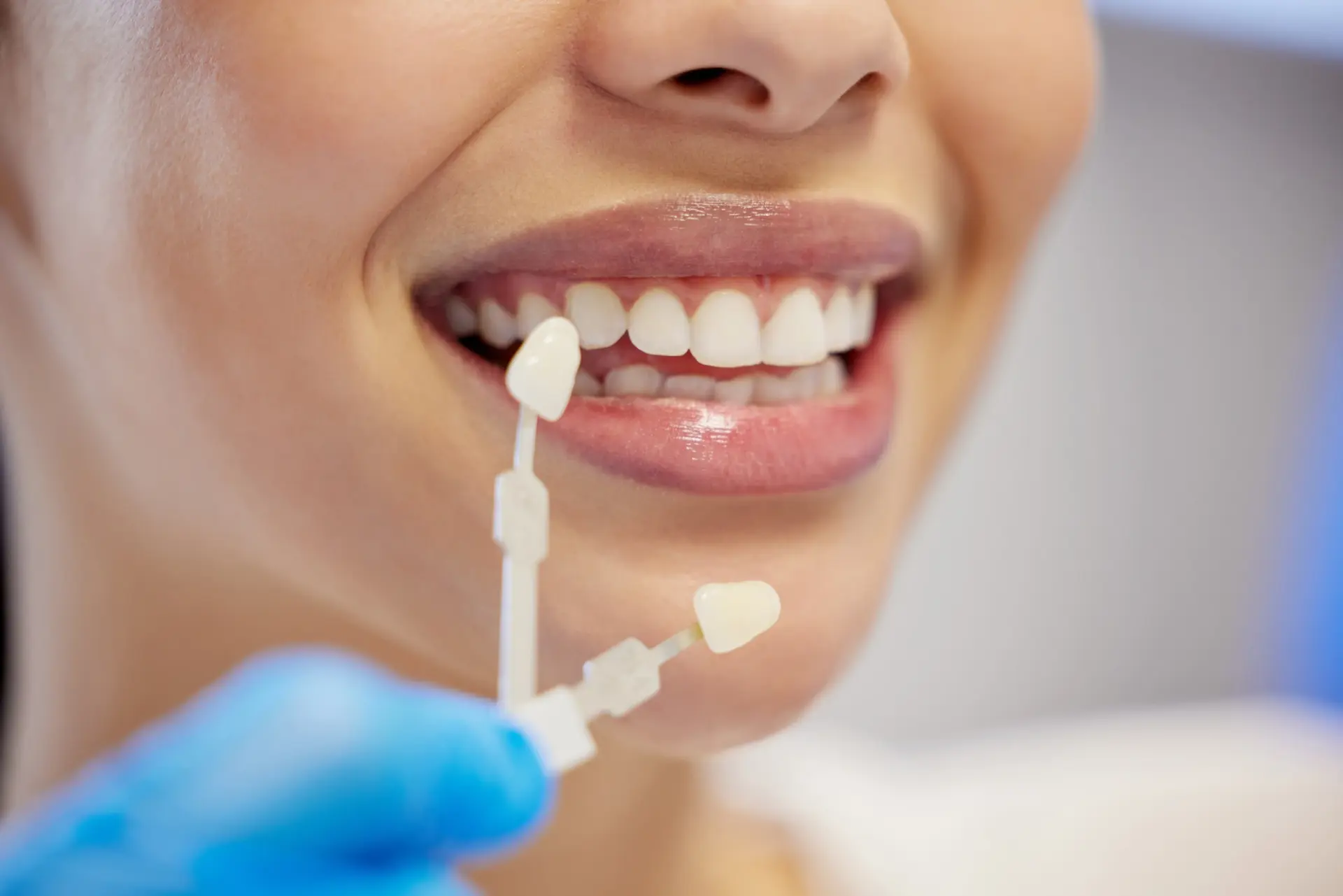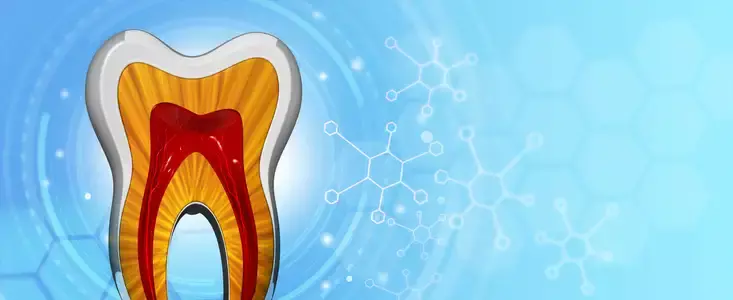Are you concerned that your child will have to experience the physical and emotional pain you went through when metal brackets overshadowed your winning smile? It doesn’t have to be painful for you or your children. At Anderson & Atkins DDS, we’ll help prepare you—and your kids—for braces.
Why Braces?
There are several different reasons your child may need braces. One scenario called malocclusion indicates differing jaw sizes. If the upper jaw is bigger than the lower, your child will have an overbite. An underbite occurs when the lower jaw is bigger than the upper. In the event of malocclusion, braces will correct and realign the jaw. A second scenario includes overcrowded or overlapping teeth. Sometimes the mouth is too small to support all of the adult teeth and a permanent tooth will need to be removed before your child can get braces. In this case, or in the case of crooked teeth, braces will align the teeth and ensure there is plenty of space for each tooth. Not only will this improve your child’s smile, but it will allow them to speak more clearly, chew more easily, and may eliminate the need for dental surgery later in life. At Anderson & Atkins DDS, we will closely monitor your child of any potential jaw and tooth problems before it becomes a major issue.
What to Expect
Your first orthodontist visit should be a free consultation when your child is around seven years old. This may seem young, however, orthodontists have discovered that the sooner a child receives braces, the easier and faster their treatment. By age seven, most children have lost all of their primary teeth and their adult teeth are beginning to come in. A child has softer bones than an adult which allow the jaw and teeth to shift more easily. Receiving braces at a younger age shaves as much as one year off of the amount of time braces must be worn.
When you meet with the orthodontist, he or she will check for an overbite or underbite and crowding or overlapping teeth. He or she may also take an x-ray, or create a mold, of your child’s mouth to determine the best kind of braces for your child. This will allow the orthodontist to see the position of the teeth and how much space is available for adult teeth.
Type of Braces
The typical kind of braces is the kind you most likely wore—the metal brackets and wire with colorful rubber bands. Every six to eight weeks, you’ll schedule an appointment to have the wire tightened (and the rubber bands changed). This puts pressure on the teeth that cause them to shift into proper alignment. The pressure often causes discomfort but will subside within a day or two. During this time, you can give your child OTC pain medication and encourage them to eat soft foods.
You may also have the opportunity to choose clear or white ceramic braces that have the concept as metal brackets but are much less noticeable. Or, your child may qualify for an aligner—a clear removable tray, shaped like your teeth. The type of braces is different for every child, as is the amount of time they must be worn. However, the average child wears braces for two years. During that time, your child will need to take good care of his or her teeth, brushing after every meal, flossing daily, and avoiding foods like popcorn, gum, and hard candies that can easily damage the braces. If your child wears an aligner, he must remove it before eating.
If you wore braces, chances are your child will need them too. Don’t hesitate to talk to us about your child’s need for braces. We’re here to evaluate potential tooth and jaw problems and can give you a referral for trusted orthodontists in Bryan-College Station, simply make an appointment at Anderson & Atkins DDS today.
Sources: https://kidshealth.org/en/parents/braces.html
https://www.todaysparent.com/kids/school-age/does-your-kid-really-need-braces/
Share
STAY IN THE LOOP
Subscribe to our free newsletter.
Leave A Comment
Did you know that your smile is the most recognizable part of your face? A beautiful smile also boosts your self-confidence and promotes positive interactions in your professional and social life. That explains why the American Academy of Cosmetic Dentistry has seen a significant increase in cosmetic dental procedures over the last decade. Cosmetic dentistry





